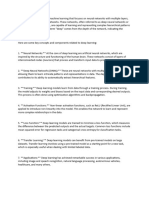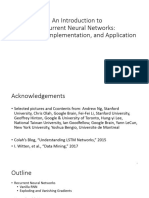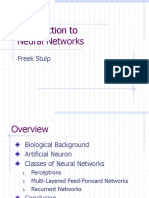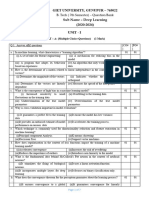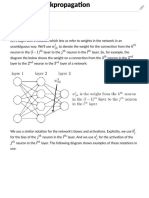0% found this document useful (0 votes)
37 views3 pagesDeep Learning
The document provides an overview of deep learning, highlighting its distinction from traditional machine learning and its reliance on artificial neural networks. It covers key components like neural networks, activation functions, and popular architectures such as CNNs, RNNs, and Transformers, along with their applications in various domains. Additionally, it discusses the advantages and challenges of deep learning, emphasizing the need for large datasets and computational resources.
Uploaded by
iammohsin32303Copyright
© © All Rights Reserved
We take content rights seriously. If you suspect this is your content, claim it here.
Available Formats
Download as PDF, TXT or read online on Scribd
0% found this document useful (0 votes)
37 views3 pagesDeep Learning
The document provides an overview of deep learning, highlighting its distinction from traditional machine learning and its reliance on artificial neural networks. It covers key components like neural networks, activation functions, and popular architectures such as CNNs, RNNs, and Transformers, along with their applications in various domains. Additionally, it discusses the advantages and challenges of deep learning, emphasizing the need for large datasets and computational resources.
Uploaded by
iammohsin32303Copyright
© © All Rights Reserved
We take content rights seriously. If you suspect this is your content, claim it here.
Available Formats
Download as PDF, TXT or read online on Scribd
/ 3




















































